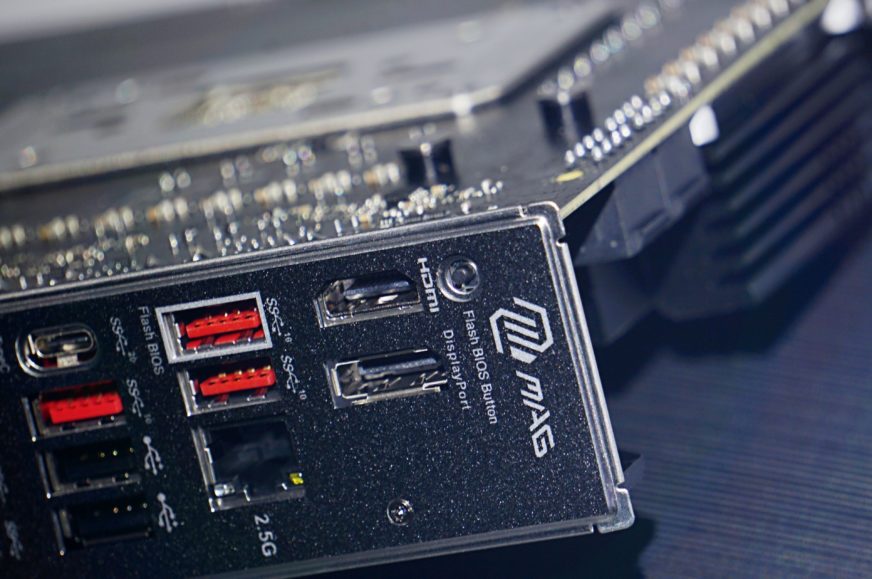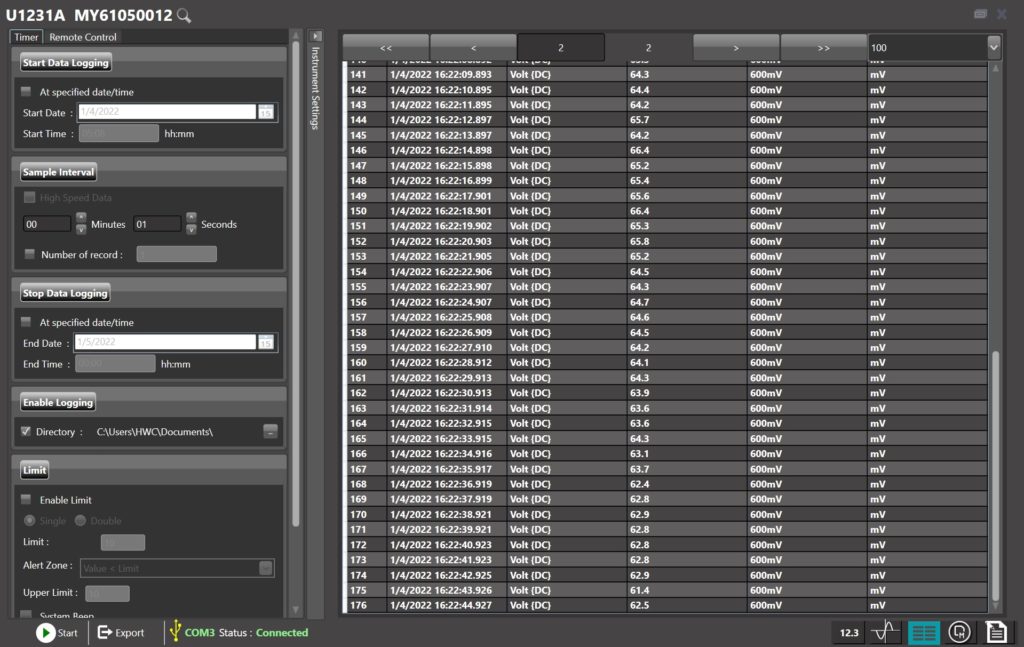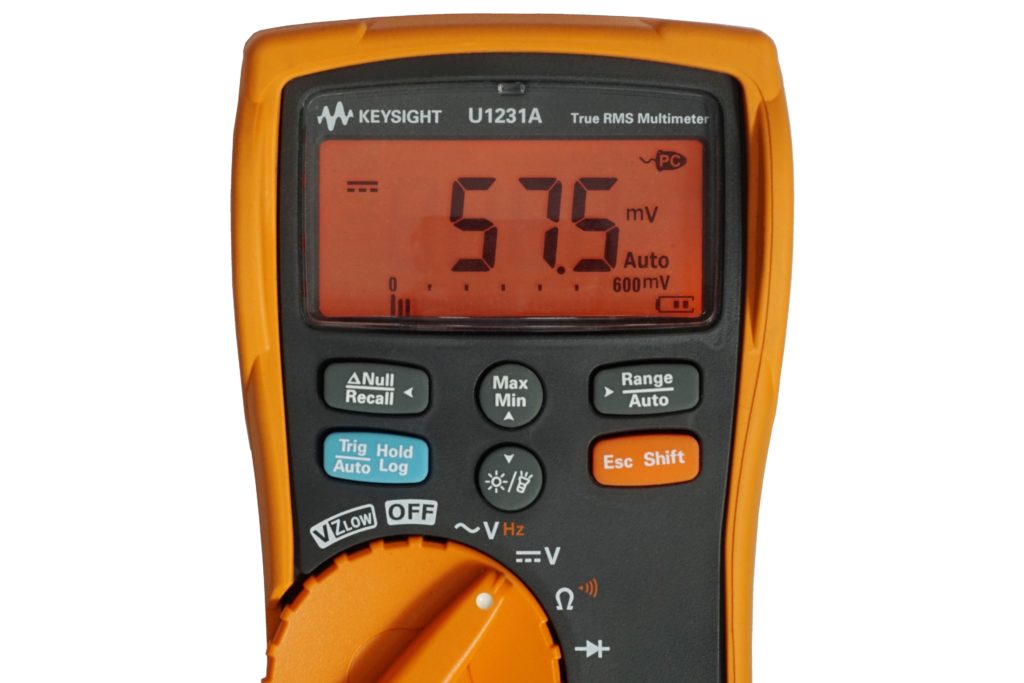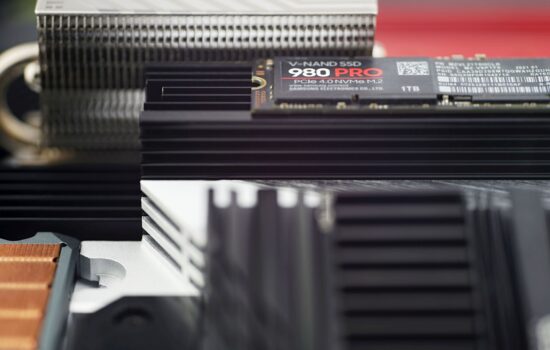Methodology: How we measure power draw
The higher price of motherboards is one of the main topics around desktop PCs. Especially in the context of the AMD platform. However, if you decide to build your rig on DDR5 memory with the vision of a longer life expectancy, the B650 Tomahawk WiFi, in comparison to similarly equipped motherboards with Intel chipsets, is rather higher on the “price” scales and with a more attractive price/value ratio.
Methodology: How we measure power draw
In contrast to the Z690/B660 tests, we’ll simplify it a bit and measure only the CPU power draw on the EPS cables. This means that (also for the sake of best possible clarity) we omit the 24-pin measurements. We have already analysed it thoroughly and the power draw on it doesn’t change much across boards. Of the ten boards tested with an Alder Lake processor (Core i9-12900K), the power draw at 12 volts of the 24-pin connector ranges from 37.3–40.4 W (gaming load, graphics card power supply via PCI Express ×16 slot), at 5V (memory, ARGB LEDs and some external controllers) then between 13.9–22.3 W and finally at the weakest, 3.3-volt branch, the power draw of our test setup tends to be 2.2–3.6 W.
On top of the CPU power draw, which also takes into account the efficiency of the power delivery, this adds up to some 53–66 W under gaming/graphics load and only 15–25 W outside of it, with the graphics card idle. We already know all this from older tests, and it will be no different on the new boards, and as the number of measurements increases, reducing measurements that worsen orientation is beneficial. But from the text above, you know how much to add for the total power draw of the motherboard components to the CPU’s majority power draw.
The situation will be a bit different on AMD platforms, for those we will deal with what is the power draw on which branch of the 24-pin, but already in a separate article that will better highlight this topic. In a large comprehensive motherboard test, these measurements disappear, they do not attract enough attention.
We measure the power draw of the CPU (and its VRM) on the power supply cables, with calibrated Prova 15 current clamps and a calibrated Keysight U1231A multimeter. The clamps measure the electric current, the multimeter measures the electric voltage. In the union of these two electrical quantities, we finally obtain the exact power draw. We measure this in different loads on the CPU. The maximum multithreaded load is represented by Cinebench R23.
Lower, gaming load by Shadow of the Tomb Raider (1080p@high), single-threaded load by audio encoding (reference encoder 1.3.2, FLAC with bitrate 200 kbps) and idle power draw is measured on the Windows 10 desktop when only basic operating system processes and launchers of some test applications are running in the background.
- Contents
- MSI MAG B650 Tomahawk WiFi in detail
- What it looks like in the BIOS
- Methodology: Performance tests
- Methodology: How we measure power draw
- Methodology: Temperature and frequency measurements
- Test setup
- 3DMark
- Borderlands 3
- F1 2020
- Metro Exodus
- Shadow of the Tomb Raider
- Total War Saga: Troy
- PCMark and Geekbench
- Web performance
- 3D rendering: Cinebench, Blender, ...
- Video 1/2: Adobe Premiere Pro
- Video 2/2: DaVinci Resolve Studio
- Graphics effects: Adobe After Effects
- Video encoding
- Audio encoding
- Photos: Adobe Photoshop, Affinity Photo, ...
- (De)compression
- (De)encryption
- Numerical computing
- Simulations
- Memory and cache tests
- M.2 (SSD) slots speed
- USB ports speed
- Ethernet speed
- Power draw without power limits
- Power draw with power limits
- Achieved CPU clock speed
- CPU temperature
- VRM temperature – thermal imaging of Vcore and SOC
- SSD temperature
- Chipset temperature (south bridge)
- Conclusion















Hi hwcooling.net team, I would like to ask about the ALC4080 integrated sound card, I heard that many people have problems with it, such as crackling in the speakers or stuttering of the sound during videos and etc. Is this true or not? Can you advise me on this? Or would you rather buy the Asus TUF B650 Plus wifi? Thank you
We can answer a lot of questions, but the ones that require a proper analysis of the sound adapter are not part of it yet. Anyway, we are working on a test methodology, on the basis of which it will be possible to evaluate the characteristics of the audio. However, if difficulties are often discovered based on user experience, it is likely that there will be some issue. Whether the TUF Gaming B650-Plus is better/worse and on top of that without tests I also cannot judge. The only thing we can do is to compare the parameters… I’m sorry I didn’t give you much advice. :/
Is that mosfet temp your review mentions, something concerning? Paired with a 7800x3d, should there be issues down the road??
I tried to find more info about this, but only your website mentions this.
Hard to say. Who knows what (part of the processor) is being supplied through the voltage regulator at all. You probably can’t get this information from publicly available materials, although some more detailed VRM block diagrams should exist somewhere.
Anyway, this motherboard won’t have the slightest trouble with the Ryzen 7 7800X3D processor. It’s a relatively low-power processor, the Ryzen 9 7950X for tests has almost three times higher power draw. Of course, you still can not exclude that that what the controller is in charge of, just won’t require more intensive power supply with the R7 7800X3D…